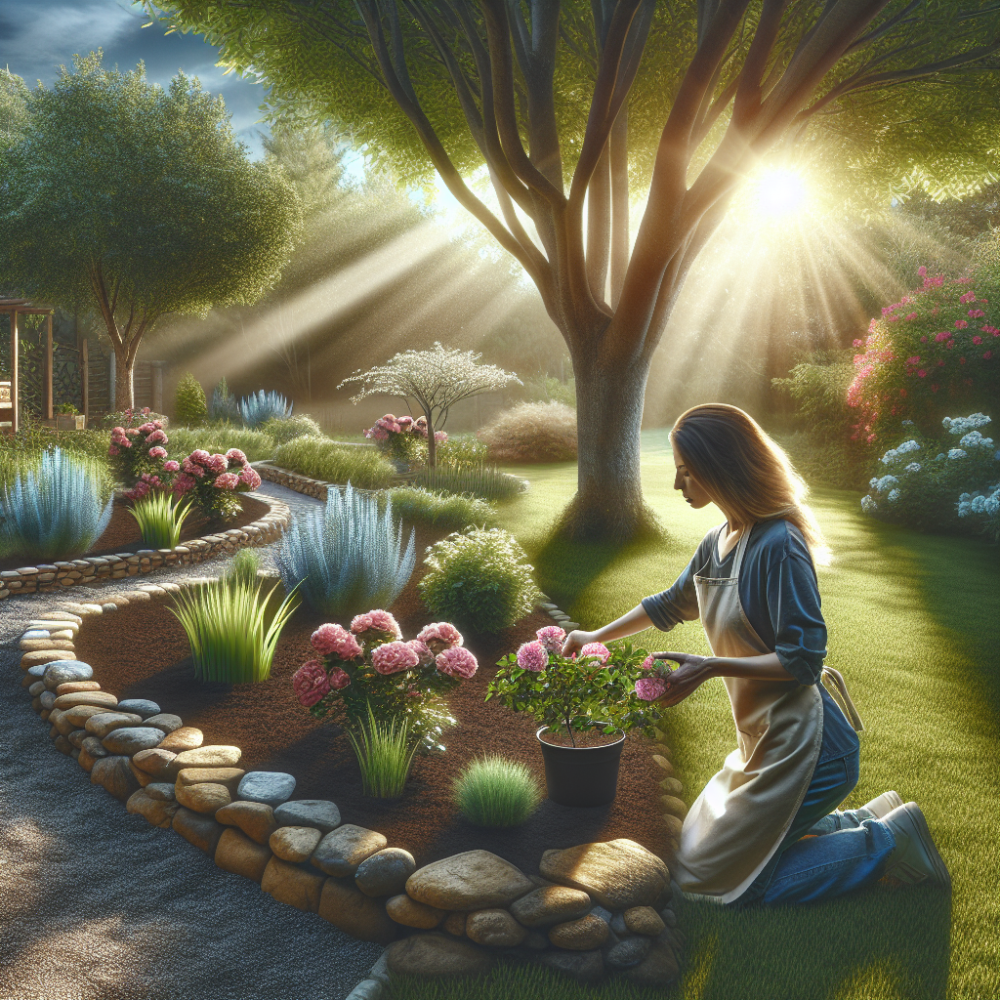The Art of Landscape Design: A Beginner's Guide

Posted on: Sunday, March 3rd, 2024
Landscape design is a creative process that combines nature and culture, balancing the art of gardening with architectural, earthwork, and hardscape elements. It's a practice that not only enhances the beauty of your outdoor space but also increases the value of your property. With the right approach, landscaping can provide a serene and inviting space for relaxation, entertainment, and enjoyment. This guide aims to equip beginners with essential tips and ideas for starting their landscaping journey, ensuring a harmonious blend of natural and man-made elements.
1. Understand Your Space: Begin by assessing your land's topography, soil quality, climate, and existing vegetation. Knowing these details helps in selecting plants and design elements that are suitable for your area. It's also crucial to understand the sun and wind patterns to create comfortable living spaces outdoors.
2. Plan Your Design: Sketch your ideas on paper, considering the size and shape of your land. Think about the balance between open spaces and planted areas, and how you'll move from one part of the garden to another. This phase is critical for visualizing your project and making any necessary adjustments before the actual work begins.
3. Choose the Right Plants: Select plants that are native to your region, as they are more likely to thrive and require less maintenance. Consider the mature size of plants to avoid overcrowding and to ensure that your landscape remains manageable and aesthetically pleasing over time.
4. Incorporate Hardscaping: Hardscaping elements like walkways, patios, and walls add structure to your garden. They provide a foundation that complements the dynamic nature of plants. When planning hardscaping, consider materials that harmonize with your home’s exterior and the natural surroundings.
5. Pay Attention to Lighting: Well-placed lights can enhance the beauty of your landscape, making it enjoyable even after the sun sets. Use lights to highlight architectural features, trees, or a beautiful flowerbed. Solar-powered lights are an eco-friendly option that can save on electricity costs.
6. Create a Water Feature: A water feature, whether it's a small fountain, a birdbath, or a pond, adds a tranquil element to your garden. The sound of water can be soothing and attract wildlife, creating a vibrant ecosystem in your backyard.
7. Prioritize Sustainability: Consider environmentally friendly practices such as composting, collecting rainwater, and using drought-tolerant plants. These practices reduce waste, conserve water, and ensure that your garden is not only beautiful but also sustainable.
8. Maintain Your Space: Regular maintenance is key to keeping your landscape looking its best. This includes pruning, weeding, fertilizing, and mulching. A well-maintained garden is healthy and more resistant to pests and diseases.
9. Add Personal Touches: Personalize your outdoor space with garden art, bird feeders, or a unique collection of pots. These touches reflect your personality and make the garden feel more connected to you and your family.
10. Seek Professional Advice: Don't hesitate to consult with a professional landscape designer or architect. Their expertise can provide valuable insights, helping you avoid costly mistakes and achieve the garden of your dreams.
Embarking on the journey of landscape design is an exciting process that not only transforms your outdoor space but also offers a rewarding experience. By following these essential tips, beginners can effectively plan and execute a landscape project that enhances their home's aesthetic appeal and functionality. Remember, successful landscaping is about harmonious design, thoughtful selection of plants, and regular care, all of which contribute to a vibrant, inviting outdoor space.